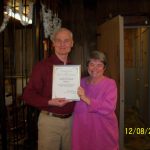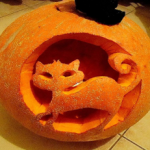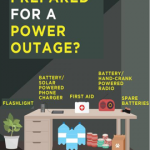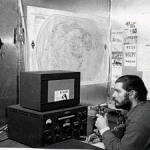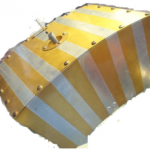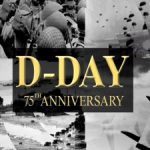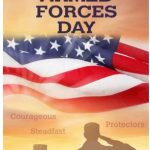Pinkie’s Corner
Hello everyone! It’s that time of year again! Time to enjoy all the holiday festivities, and also to reflect on all the events of the past year. The club had an outstanding Hamfest in June! It was one of the best. We had a new location and everything worked out great! The weather was good for the Christmas parade. It was a bit cold and windy, but it wasn’t snowing! I got to “ham it up” and wave my little arms off! A good time was had by all! Our holiday party was a smashing success thanks to Theresa’s hard work and phenomenal planning skills! She’s wonderful at pulling these events together! She created and awarded trophies and certificates to John, Jeff, Don, Wayne, Gil, Byron and Cat for their … Read more >>
